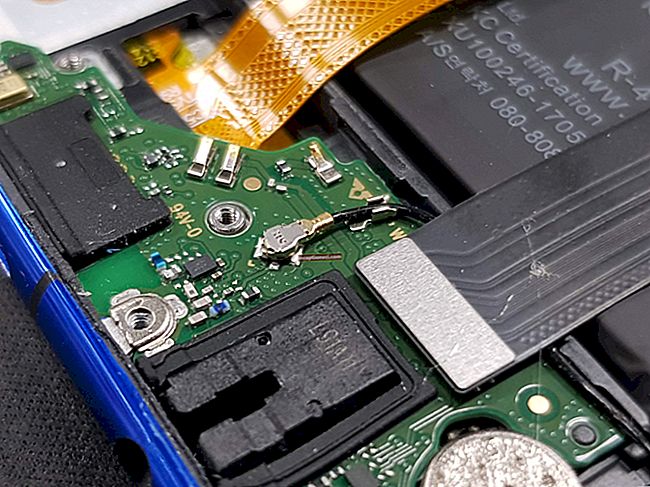How the LCD screen works
LCD screens, or LCD screens as they are also called, use liquid crystal matrices. Liquid crystals themselves do not glow, and therefore they must be illuminated. In LCD screens, the matrix is illuminated by fluorescent or fluorescent lamps, and in a newer modification, LED, the screens are illuminated by LEDs. In turn, there are two types of LED backlighting: back and side. In the backlight type, the colored elements are located behind the liquid crystal panel.

Benefits of LCD screens:
- a high resolution;
- thin, lightweight and compact;
- viewing angle - 178 °;
- low power consumption;
- wide range of diagonals (up to 102 ").
Disadvantages of LCD screens:
- blacks on LCD TVs are not deep enough;
- the brightness of the screen decreases over time;
- color rendering level. High color rendering is found in more expensive models.
How Plasma Works
Plasma TVs use the principle of operation of a conventional gas discharge lamp. The surface of a plasma panel is made up of a large number of such cell lamps - subpixels. A neon-xenon mixture is pumped into each cell, formed by two glass plates. It is needed for the formation of plasma. During panel operation, this gas receives an electrical charge, which is discharged and causes the red, green and blue subpixels to glow. Every three of these elements form a pixel - the smallest component of the entire image.

Plasma benefits:
- reproduction of large-format images of large sizes;
- high resolution support;
- high and uniform brightness, rich colors, high contrast;
- no flicker;
- long service life.
Plasma Disadvantages:
- high power consumption;
- heavy weight (difficulty to attach to the wall);
- relatively high cost;
- over time, the intensity of the glow of individual burning elements decreases;
- sometimes the plasma makes noise, which is associated with the operation of the cooling fans).
So, what is the difference between LCD and plasma is clear. Which TV to choose - LCD or Plasma? As you can see, plasmas are heavier and less economical. You can't hang a large panel on every wall. And the prices for electricity will not fall. At the same time, if you are interested in a really large screen with a high-quality image, then plasma looks better. In addition, plasmas provide a better image of dynamic scenes. This is important if you love action movies and sports. LCD TVs do a little worse at this task. However, plasma loses its contrast over time and after several years of use the image becomes not as bright and colorful as in the beginning.

The LCD panel is a "universal soldier", great for a variety of tasks. The capabilities of such a TV more than cover the needs of an ordinary user.
Plasma is the perfect tool for special tasks. High contrast, color uniformity, depth of dark shades are provided only by a plasma panel.
In other words, plasma is a panel for connoisseurs of cinema, and LCD is a TV for those who love a little bit of everything.
Manufacturers do not stand still and delight with new TV models: both LCD and plasma TVs. Technologies are constantly being improved. However, plasma panels with large diagonals are cheaper than their LCD counterparts. The opposite is true for small screens - LCD panels are cheaper.









